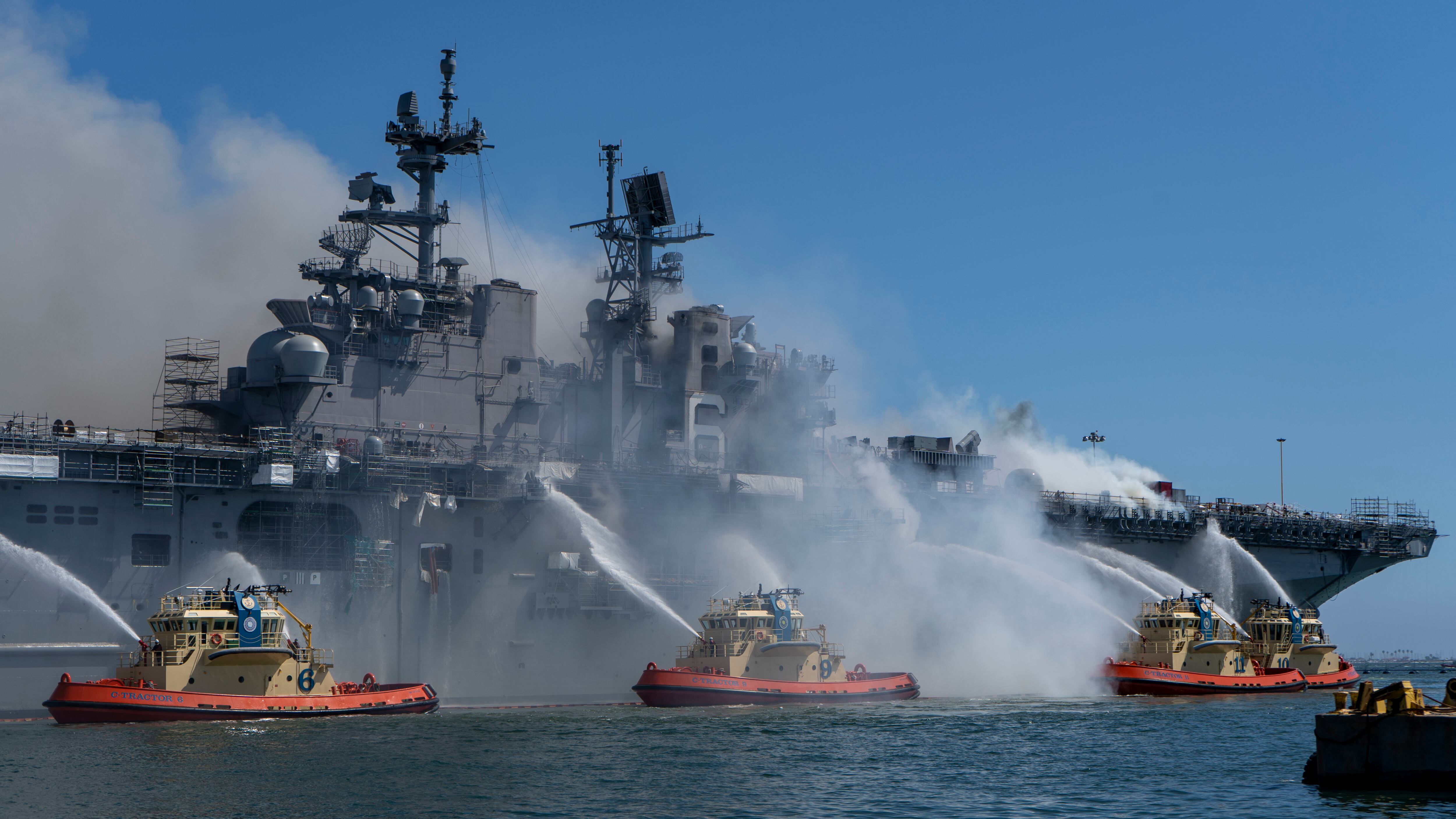The Navy announced Friday it disciplined more than two dozen service members for their roles in the July 2020 fire that destroyed the amphibious assault ship Bonhomme Richard in San Diego.
Chief among the actions is a letter of censure issued by Navy Secretary Carlos Del Toro against now-retired Vice Adm. Richard Brown, who was serving as the commander of Naval Surface Forces when the blaze was called away on July 12 as the amphib was undergoing maintenance on the waterfront.
Brown disputed any culpability for the bungled multi-day effort to extinguish the inferno in an interview with Defense News earlier this summer. He had already been informed the censure letter was coming.
Among other points of contention, Brown told Defense News he was never interviewed for the investigation and was told late last year that he had not been found culpable for the fire or the response.
Brown also said that his efforts to oversee the firefight after other admirals in the ship’s operational chain of command shirked their duty were ignored in the investigation. And he took issue with the officer who was appointed to lead the investigation, who Brown said had a conflict of interest.
“This was a political hit,” Brown told Navy Times Friday. “For whatever reason, to appease the Senate, to appease Congress, we’re going to hang a three star.”
The censure letter will not impact Brown’s retirement grade determination, officials said.
RELATED
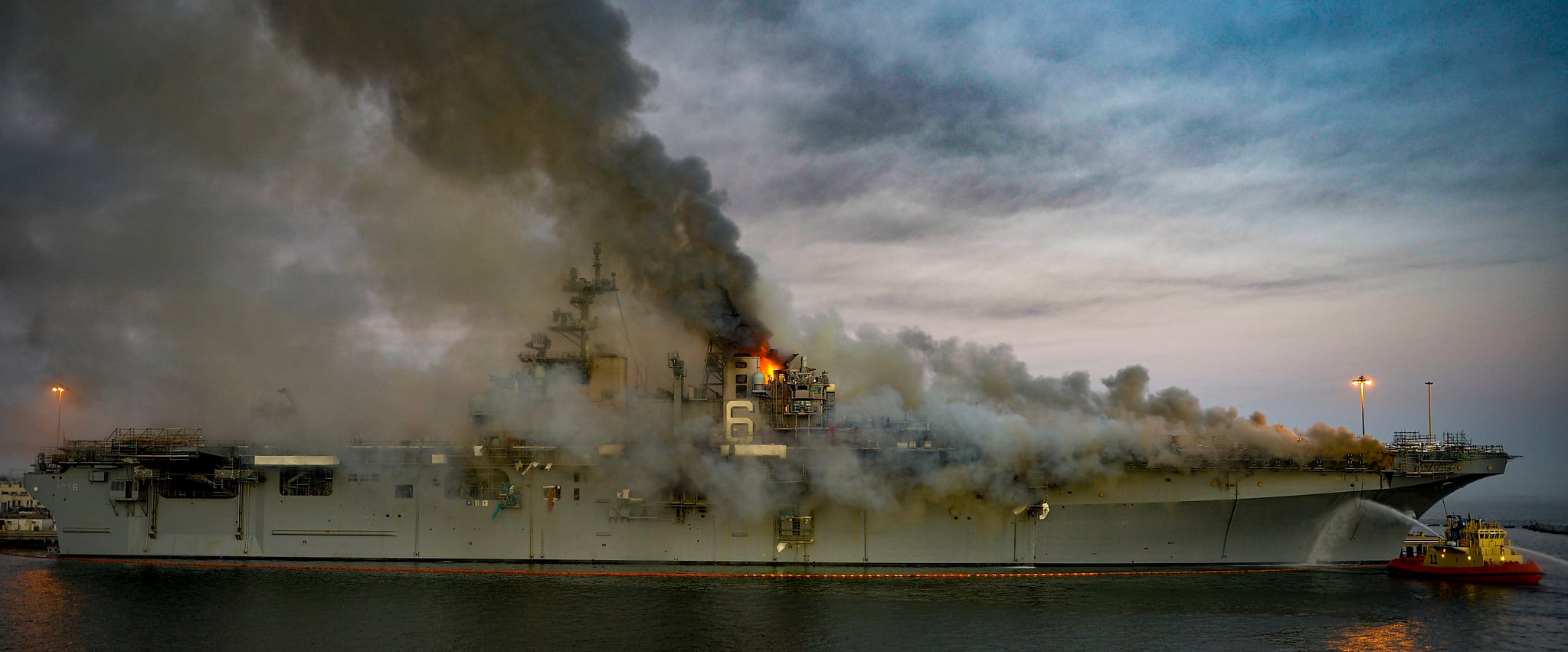
Brown handed over the reins of Naval Surface Forces and retired less than a month after the fire, a change that had been planned before the amphib burned.
Adm. Samuel Paparo, the head of U.S. Pacific Fleet, meted out punitive letters of reprimand and pay forfeitures to Capt. Gregory Thoroman and Capt. Michael Ray, who served as Bonnie Dick’s commanding officer and executive officer, respectively, at the time of the fire, the Navy announced Friday.
Former Command Master Chief Jose Hernandez also received a punitive letter of reprimand.
Such letters are generally considered career killers.
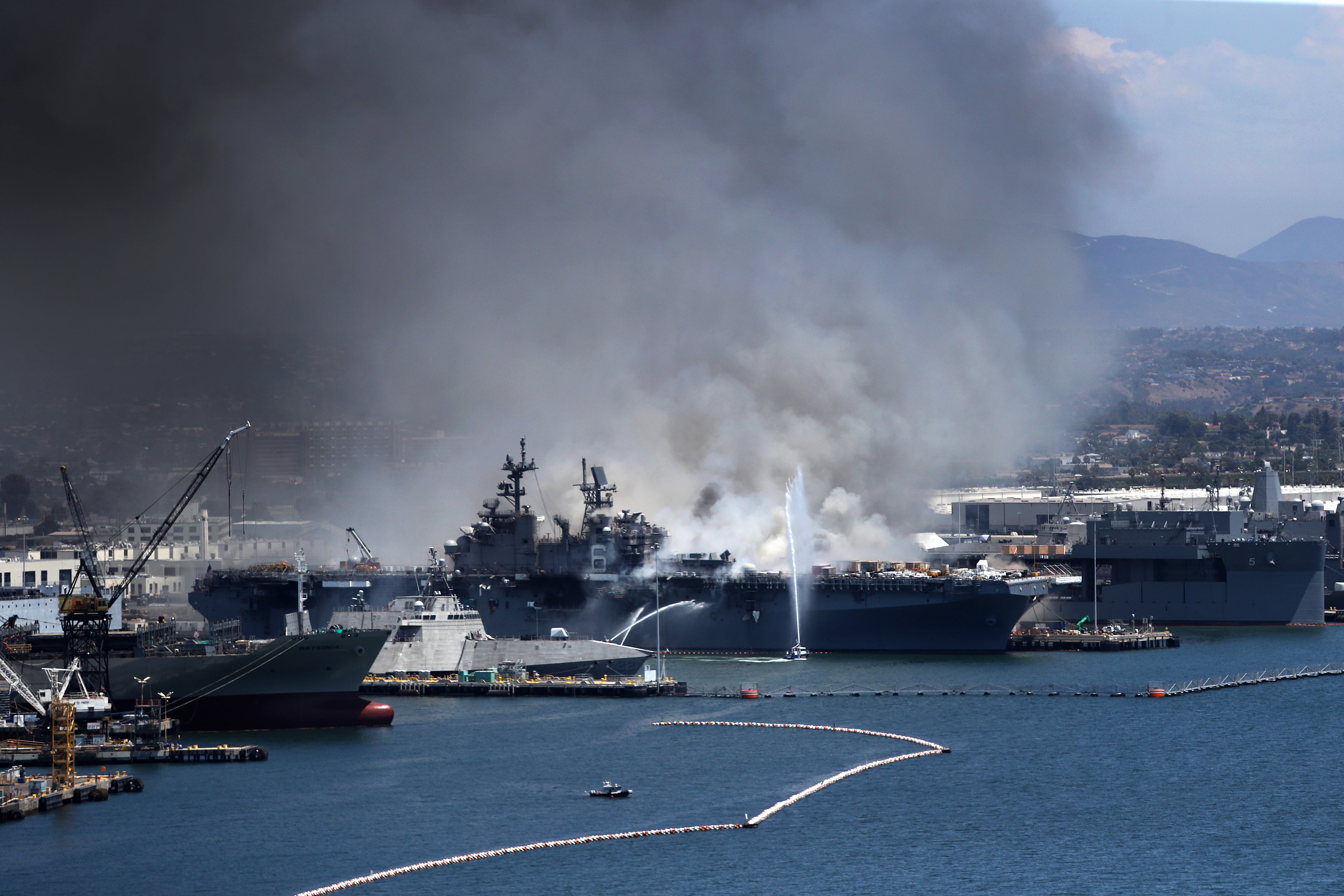
In addition, Paparo issued letters of instruction to Rear Adm. Scott Brown, Pacific Fleet’s director of fleet maintenance and Rear Adm. Eric Ver Hage, the commanding officer of the Navy Regional Maintenance Center.
All told, Paparo made disciplinary decisions on 27 individuals found to have played a role in the failure to prevent and fight the fire. No other individuals disciplined by Paparo were identified in the Navy’s announcement.
“The disposition decisions included six Nonjudicial Punishments (NJP) with guilty findings, two NJPs with Matter of Interest Filings (MIF) and a Letter of Instruction (LOI), two NJP dismissals with a warning, one additional MIF, five other LOIs, three Non-Punitive Letters of Caution (NPLOC), two letters to former Sailors documenting substandard performance, and six no-action determinations,” the Navy said in a statement.
The disciplinary actions announced Friday are separate from the criminal charges the Navy has brought against Seaman Apprentice Ryan Mays, who is accused of starting the fire. His trial is expected to begin in September.
RELATED
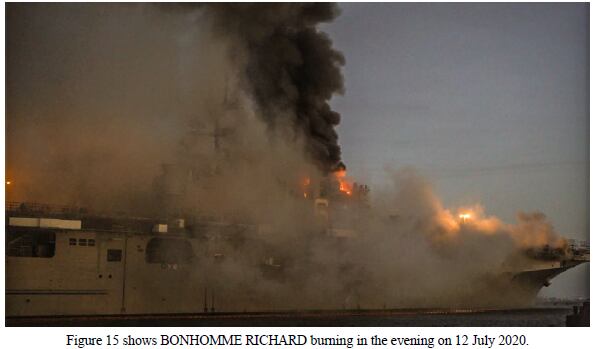
Del Toro’s censure letter against Brown states that, as type commander and administrative control immediate superior in command for Bonhomme Richard, Brown was “responsible for various man, train and equip functions which directly impacted Bonhomme Richard’s material condition, the conduct of maintenance availability, and the crew’s readiness to combat a fire.”
The letter also blames Brown for failing to oversee the ship’s fire safety during its extensive maintenance availability, “where risk of fire is great.”
“(Brown) also failed to set a culture permitting Commanding Officers, faced with significant pressure to meet time and schedule milestones while in an availability, to raise concerns or properly weigh safety, including fire safety, against maintenance milestones,” the letter stated.
Brown denied creating such a climate while in command, and said he had an open communication policy with his ship COs for any issue.

He told Defense News this summer that he took control of the situation because Vice Adm. Scott Conn—then the commander of U.S. 3rd Fleet, which was in the amphib’s operational chain of command—refused to do so.
“The Navy covered up this failure in leadership by then assigning this same Vice Admiral as the Investigating Officer, resulting in a fatally defective investigation,” Brown said in a statement.
Speaking to Navy Times Friday, Brown called Conn’s appointment as the investigating officer for the mishap “a conflict of interest.” Brown asked why then-Pacific Fleet commander, Adm. John Aquilino, didn’t appoint a three-star for the job whose chain of command wasn’t so connected to the ship.
RELATED
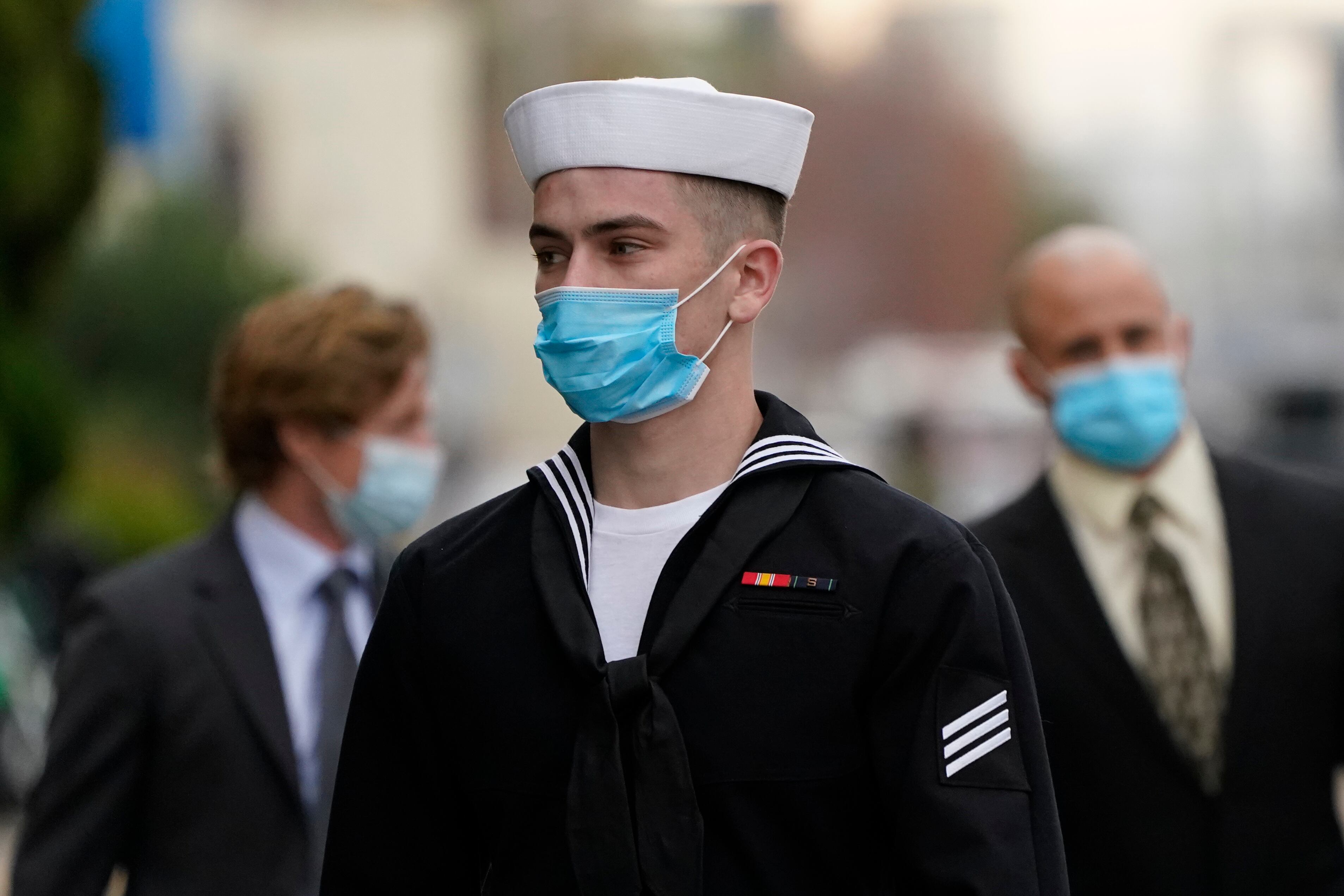
Defense News reached out to Conn earlier this summer to clarify his position that the Bonhomme Richard, as a ship in maintenance, was not under his command.
Rear Adm. Charlie Brown, then-Navy chief of information, told Defense News that two policies — the OPNAVINST 3440.18 and the NAVSEA 8010 manual — “were not fully consistent, but they placed command and control responsibility on the administrative chain of command for a ship in this configuration. Third Fleet was the operational commander two echelons above the BHR.”
Conn told Defense News in a media roundtable in October, when the fire investigation was released, that Navy policy was for ships in maintenance to go through the administrative chain of command, through the type commander.
He added that “one of our recommendations going forward is to review where should the operational chain be aligned as part of the oversight in a lengthy availability.”
The Navy has undertaken a raft of reforms to address ship fires, particularly when ships are deep into a maintenance availability, as was the case with Bonhomme Richard.
“Losing Bonhomme Richard to this fire was preventable,” Vice Chief of Naval Operations Adm. William Lescher said in a statement Friday. “We are making significant changes in the way the Navy learns and leads so that this does not happen again.”
Geoff is the managing editor of Military Times, but he still loves writing stories. He covered Iraq and Afghanistan extensively and was a reporter at the Chicago Tribune. He welcomes any and all kinds of tips at geoffz@militarytimes.com.
